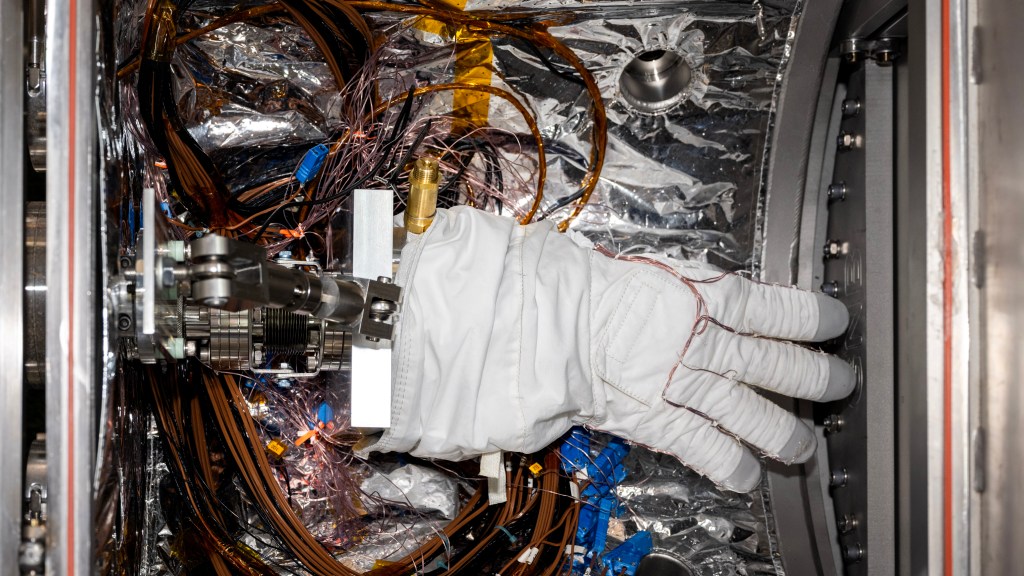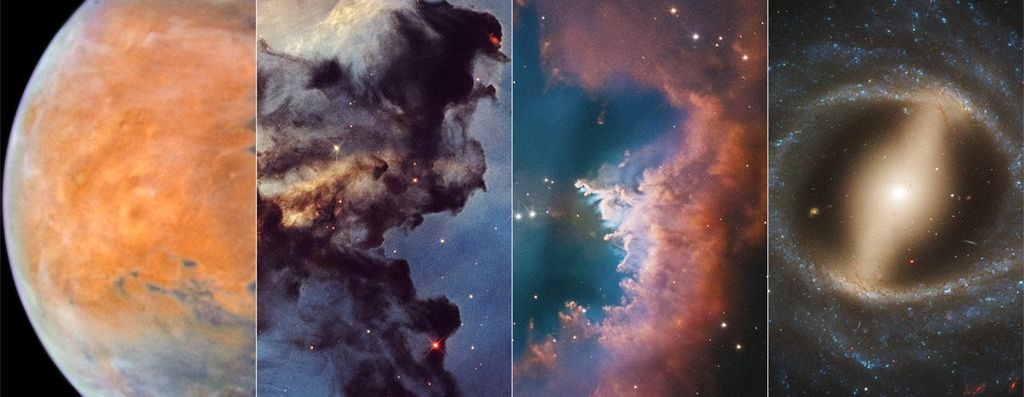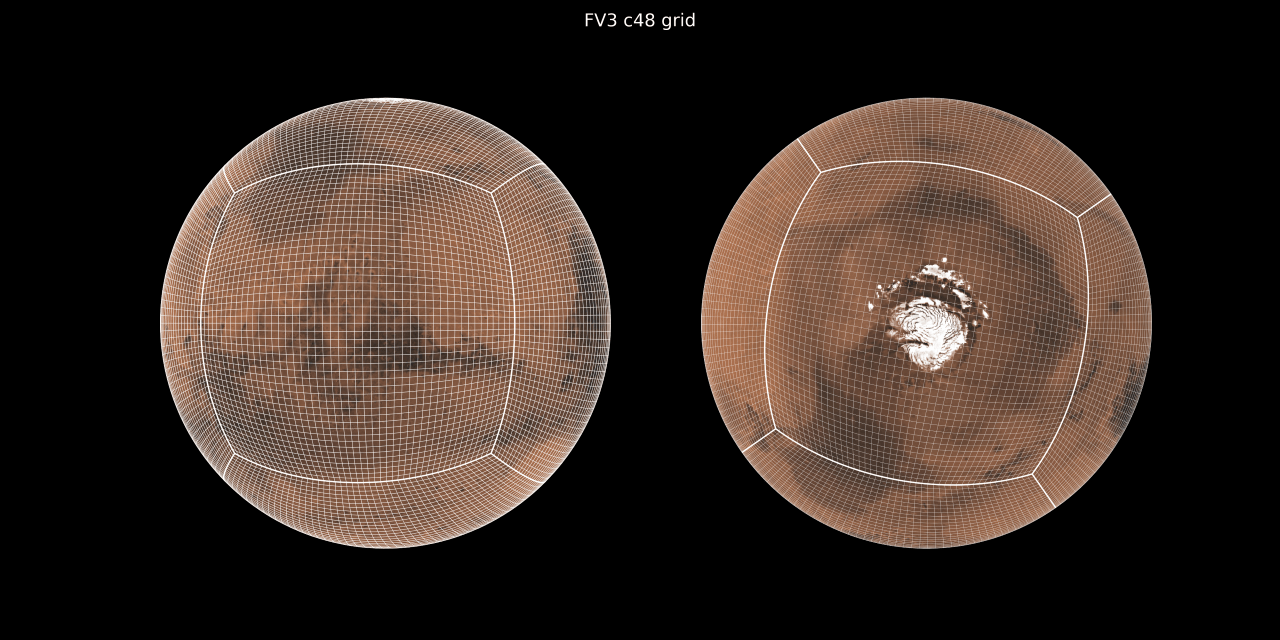NOAA/GFDL Cubed-Sphere Core
Ongoing development of the NASA Ames Mars Global Climate model is based on the so-called FV3 dynamical core that was developed at NOAA’s Geophysical Fluid Dynamics Laboratory (GFDL). The name derives from the use of finite-volume (FV) numerics for solving the equations of motion, and the cubed nature of the grid. The FV3 core features conservative flux-form semi-Lagrangian horizontal discretization with monotonic constraints (Lin and Rood, 1996; Lin and Rood, 1997), a physically consistent finite-volume integration of the pressure gradient force (Lin, 1997), and a terrain-following Lagrangian control-volume vertical coordinate that simplifies vertical advection calculations while maintaining high order numerical accuracy (Lin, 2004). The preference for FV numerics is driven by the need to strictly conserve tracer mass and preserve monotonicity, which is increasingly important for dependable climate simulation. The FV3 core uses a grid structure based on a cubed sphere (Putnam and Lin, 2007). This grid allows for relatively uniform spatial coverage over the entire globe and avoids the computational difficulties associated with the convergence of meridians on regular latitude-longitude grids. Most significantly, the cubed-sphere grid also has much better scalability, which is crucial for carrying out high resolution calculations. The most recent development is a non-hydrostatic extension. The modeling system has highly developed tracer management modules, which greatly simplifies the introduction and sharing of tracer fields among the models for dynamical transport, radiation, dust lifting and cloud microphysics. Diagnostic management allows model output to be specified in the run script, with flexible spatial and temporal sampling and averaging of model fields. The input/output is NetCDF, a self-describing file format widely used in the climate modeling community. This I/O has been optimized for parallel applications. FV3 has been chosen as the dynamical core for the National Weather Service’s Next Generation Global Prediction System project and is now fully operational for global forecasting.


























